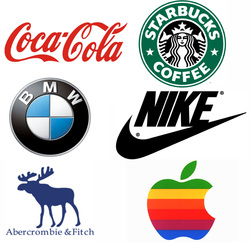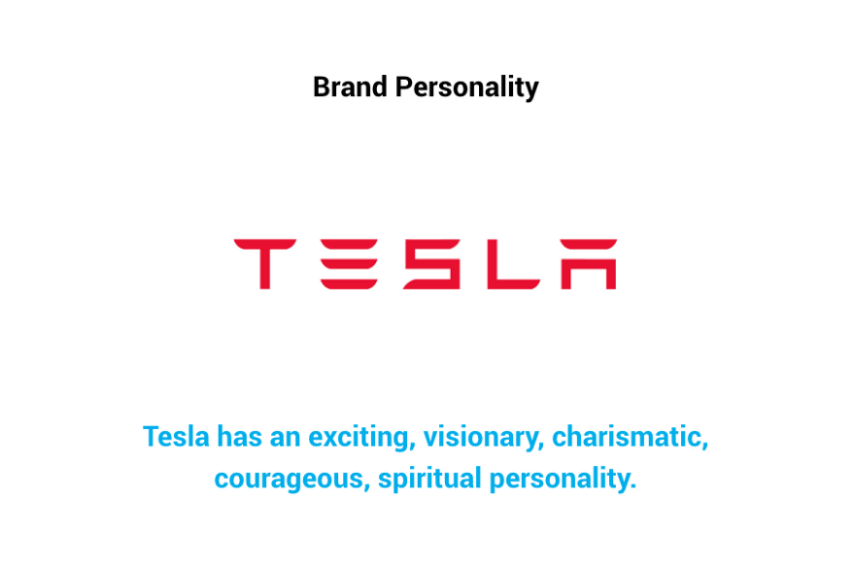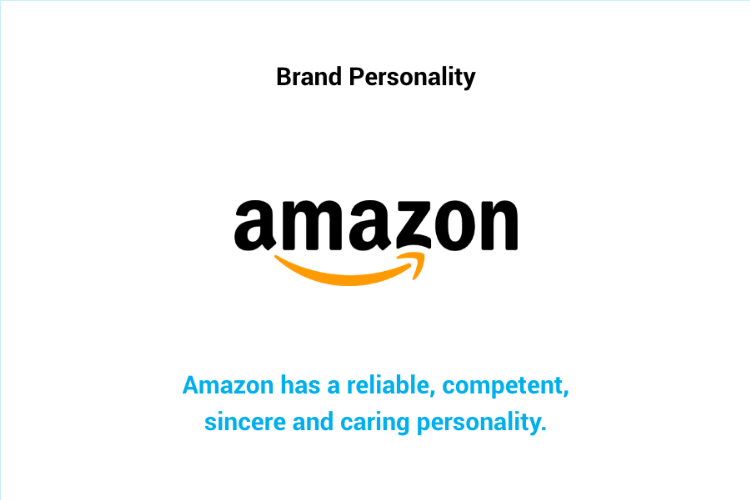36 Reading: Brand Platform
 Building Strong Brands: Consistency Matters
Building Strong Brands: Consistency Matters
In order to make an impression in a market, brands need to stand for something. Inconsistent brands and messages fail to make a lasting impression because it is difficult for customers to trust them or register what these brands represent. On the other hand, when a brand is both consistent and relevant to customers, it builds recognition, credibility, trust, and ultimately loyalty. And loyalty, as you’ve learned, translates into sales.
Consistency is also important when it comes to differentiating a product. Brands simplify decisions for customers. When a brand consistently communicates how and why it is distinct from competitors, it reminds customers why they prefer this brand over others–and why they may be willing to pay more for it.
Finally, consistency is an imperative in the globalized economy in which virtually every business operates today. Brand-related messages and communications circulate around the world at astonishing speed: Just ask any company that has seen a major story break on social media. While it does make sense to target specific messages to different global markets according to consumer needs, those messages should all be aligned to a consistent, centralized brand identity. A brand manager–the marketer responsible for directing and managing brand strategy–must think of herself as an ambassador, advocating and communicating on behalf of that common brand in the various markets where the brand is represented.
The Brand Platform
Brand strategy starts with defining precisely what the brand stands for. This is called the brand platform. The brand platform may include a variety of descriptive elements to paint a clear picture of what a brand represents. Some brand platform models are very complex, with ten or more inputs. Others are simpler and more streamlined.
The brand platform begins with the organization’s mission statement, since the ultimate purpose of a brand is to help the organization achieve its mission. In addition to the mission statement, the basic elements of any brand platform are:
- Brand promise
- Core values
- Brand personality
The Brand Promise
The brand promise is, in effect, the singular experience your brand promises to provide to your customers. It expresses what you want them to feel when they interact with your products and services. Year in, year out, the brand promise is what your customers count on and, ideally, it’s the reason they keep coming back to you. The brand promise should be unique and linked to your competitive advantage: something other brands do not and cannot deliver in the way you do. It describes the most salient benefits your brand provides, including benefits that create an emotional connection with customers.
The brand promise is important not only for customers, but also for employees and other internal audiences. It sets the tone for how the company operates and for the experience the brand provides to customers across all segments and all points of contact.
Finally, the brand promise should be simple and easily understood, so it’s easy to communicate and reinforce. Some marketers equate the marketing tagline, or advertising slogan, with the brand promise. While there are some exceptions, most brand-promise statements do not use the same marketing language that’s used in ad slogans. For instance, Nike’s “Just Do It” slogan works very well as part of an ad campaign, but it’s not very illuminating as a brand promise. Similarly, fast-food chain Taco Bell never intended its catchy “Make a Run for the Border” tagline to be interpreted as a brand promise. Also, taglines, which are part of marketing communications, may need to be updated more frequently than the brand promise. In contrast, the brand promise should be the global, enduring commitment you stand for over time.
The following are examples of effective brand promises:
- The Coca-Cola Company: to refresh the world in mind, body, and spirit, and inspire moments of optimism[1]
- TOMS Shoes: through your purchases, TOMS helps provide shoes, sight, water, safe birth, and
bullying prevention services to people in need. One for one.[2] - Target: expect more, pay less[3]
- The Hershey Company: bringing goodness to the world[4]
Core (Brand) Values
Core values are guiding principles for how an organization does business. These values express a perspective on the world, and they govern both internal conduct and external behavior. While the brand promise explains what consistent experience a brand will deliver, the core values describe how the company will behave as it delivers that experience.
An excellent example of core values infusing a strong brand comes from online retailer Zappos. The company’s ten “Family Core Values,” listed below, are written for current and prospective employees and describe Zappos’ operating principles. At the same time, these values also set the tone for what customers can expect from Zappos and how they interact with the Zappos brand.
Zappos Family Core Values[5]

Even if you are unfamiliar with Zappos, these core values give you a strong sense of what the company must be like, either to work for or to do business with.
Not every organization defines ten core values; in fact, most keep the number to six or fewer in order to retain a better focus on defining and expressing the organization’s identity. What does matter is to find ways for the brand to deliver these values, so that they become real for employees and customers. For example, Zappos empowers individual employees to make judgment calls about how they deliver WOW-worthy customer service; every decision doesn’t have to go through manager approval. By encouraging personal initiative in this way, the company also invites creativity, learning, and passion from its employees.
Brand Personality
Just like people, strong brands have an outlook, tone, and personality that help reinforce the consistency of what and how brand gets communicated to customers, employees, and other stakeholders. The brand voice and personality are rooted in the brand promise and values, but they help flesh out the brand’s distinctive image and presence.
The brand personality sets the tone for all brand-related communications and promotions. They also guide the choice of visual design, logo, and the look and feel of the brand, ensuring that the overall visual representation is a good match for what the organization wants the brand to convey.
There are five distinct dimensions of brand personality:
- Sincerity
- Excitement
- Competency
- Sophistication
- Ruggedness
Aligning to Deliver the Brand Consistently
Because brand encompasses much more than just marketing, it is important for the entire organization to understand the brand and each person’s role in delivering the brand promise to customers. Every employee in every department, from Accounting and Finance to Product Development and Technology (and everyone in between) plays a part. Organizations with great brands look for ways to educate all internal stakeholders about what the brand means and how it connects with their way of doing business. Company leaders provide incentives for employees to innovate and excel at delivering the brand effectively.
Of course, organizations also communicate about their brands to external audiences—to current and future customers, investors, thought leaders, and influencers, for instance. Brand is embedded in every strategy, tactic, and activity associated with a marketing mix for a given target segment. The brand platform is like a filter that lets through the kinds of communication that an organization needs to reach its audience, but it keeps out the distracting noise and chatter that might confuse or alienate that audience. The brand platform gives a brand coherence and helps the company stay on track.
- http://www.coca-colacompany.com/our-company/diversity/workplace-culture/ ↵
- http://www.toms.com/improving-lives ↵
- https://corporate.target.com/about/purpose-beliefs ↵
- http://www.businesswire.com/news/home/20140829005325/en/Hershey-Company-Updates-Corporate-Brand-Unveils-Company ↵
- http://www.zappos.com/d/about-zappos-culture ↵




